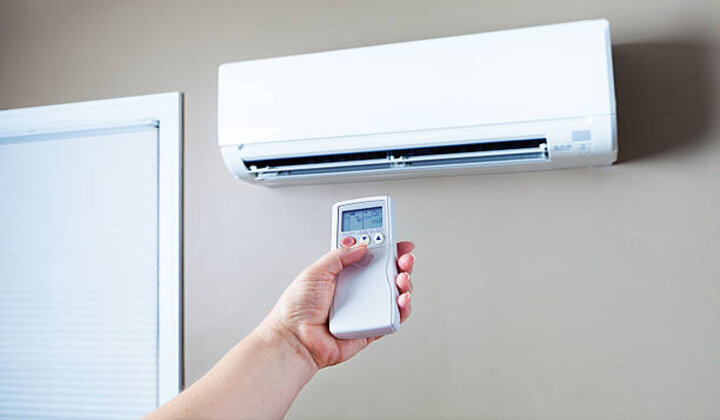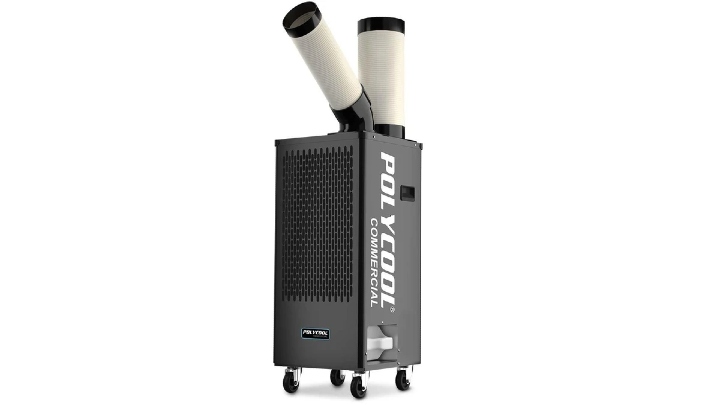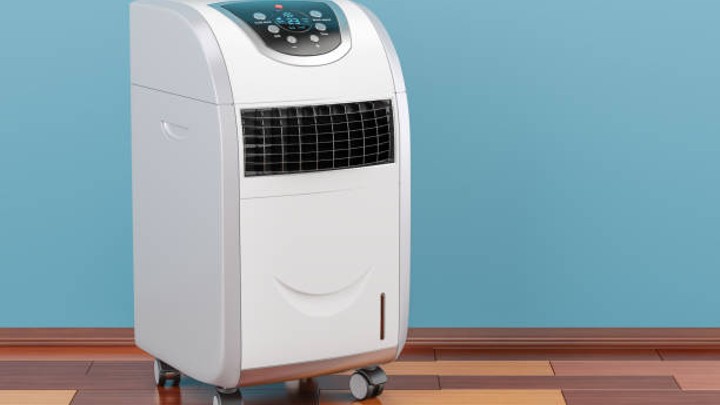If you do not have a central cooling system or simply don’t want to use it, you would need an AC. And when you talk of air conditioners, you quickly consider making window room for one. But is this necessary?
When you think of air conditioners, window AC comes to mind before others. The main reason for this is that it is considered to be one of the cheapest and most efficient air conditioners available.
Unfortunately, window AC is specifically designed to be mounted in a window in order to expel heat. That being said, there are alternatives you can try that would not require a window.
In this article, I will highlight these alternatives and their pros and cons to help you decide the best fit for you.
Can you use an air conditioner without venting it out a window?
Generally, window air conditioners require a window to vent out the hot air from the room. Although some people can modify a window air conditioner to work without being hoisted in a window.
But this is not really professional and gets difficult to service if the AC units need to be serviced. This is why people look for alternatives that can be used that do not have to be in a window.
Alternatives for window air conditioners
1. Through-the-wall air conditioners

Through-the-wall air conditions are typically designed to be installed through a wall, but they have advantages and disadvantages.
Advantages
- Less noise
- They appear much more attractive than others
- You can easily control them
Disadvantages
- You will have to break through a wall to install them, making it a bit difficult to install
- It may consume more electricity
2. Spot cooler

Another alternative you can try is spot cooler. A spot cooler can provide cold air within a radius of a few feet. Making it perfect to place in a particular spot right next to you. But it also has its advantages and disadvantages.
Advantages
- Doesn’t take much electricity to run
- Works quickly
- Most come with lightening that can help beautify the environment
Disadvantages
- Not as efficient as other air conditioners
- Very expensive to purchase
3. Portable air conditioner

Another good alternative is a portable air conditioner, as it does not need to be hoisted outside a window. It is a portable air conditioning system best suited for cooling a single room.
Advantages
- Can be moved from one place to another easily
- Suitable for small places
- Low maintenance cost
Disadvantages
- Noisy
- Requires venting outside
However, like window AC, portable air conditioners also need to vent out hot air. They do this via one or two hosen connected to it but don’t necessarily have to go outside via a window.
I believe this will draw the question: how can you vent a portable AC without a window?
How to vent a portable air conditioner without a window
In this section, I will outline some ways to vent your portable air conditioner.
1. Vent through a door
There are rooms without windows, but there aren’t rooms without doors or at least an access or exit point. The access or exit point is the most commonly used way to vent a portable AC.
It is also important to consider where this door leads to. If it leads to a balcony, you can use this method. However, if it leads to a hallway or another room, it might be difficult to get the required temperature. If this is the case, any of the other methods I will list further should be sufficient.
2. Venting through the wall
Just as a room must have an access and exit point, it must have walls. If you cannot vent your portable AC through the window or the door, you can use the wall, although you must make the hole yourself. Most DIY enthusiasts will enjoy doing this themselves. You can do this with a power drill; simply ensure the hole is the same as the diameter of the hose.
It is best to pick a low-density thin wall, as thick reinforced walls might be a bad choice. For the best result, consult a professional to help drill the hole.
3. Ceiling venting
For this method to work, a drop ceiling is usually required. Although most modern houses don’t have this, it is still common in offices. This method might be helpful if you have a drop ceiling that is not being utilized.
You will need a specialized drop ceiling venting kit. This will help extend the length of the hose and is universal, so it should fit in just about any portable AC.
4. Venting through a chimney
Although this method is not too common, it is worth noting. You can vent your portable air conditioner through your house chimney if you have one.
This method will require the use of a very long hose as well. I think this method is tricky, so it is best to seek a professional’s expertise regarding safety concerns.
FAQs
What’s better, window AC or portable AC?
Window AC is generally considered better because it is cheaper and more efficient.
What happens if you don’t vent an air conditioner outside?
You will end up with a room that cannot be cooled since all the hot air ends up in the same room.
Final thoughts
Window air conditioners usually require a window to vent hot air out of the room. However, other air conditioners do not necessarily need venting outside a window.
You can try using a spot cooler or a through-the-wall conditioner. However, each has its advantages and disadvantages, which I have highlighted in this article,
You can also use a portable air conditioner and vent it outside via another route. This article also highlights some ways to vent a portable air conditioner.
I believe you found this article helpful. If you did, also check out more helpful content on Samkins Construction Lnc today.
Thanks for reading.